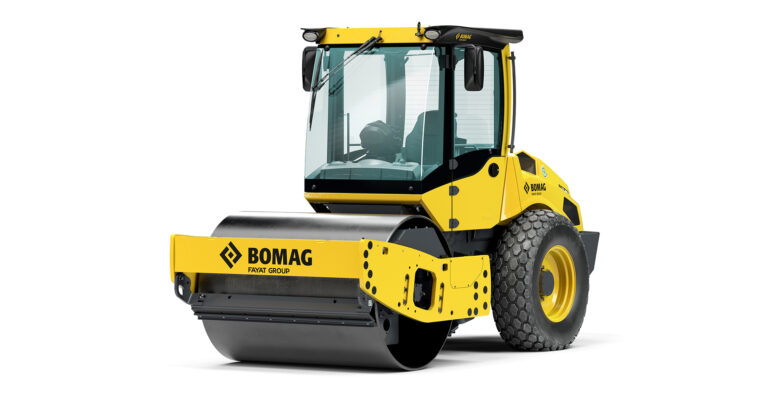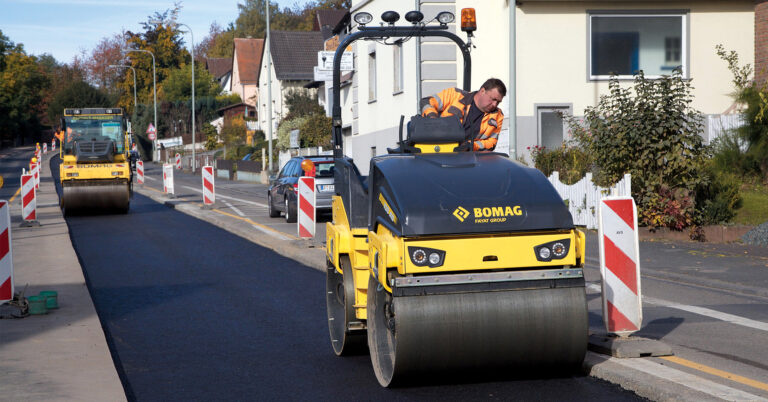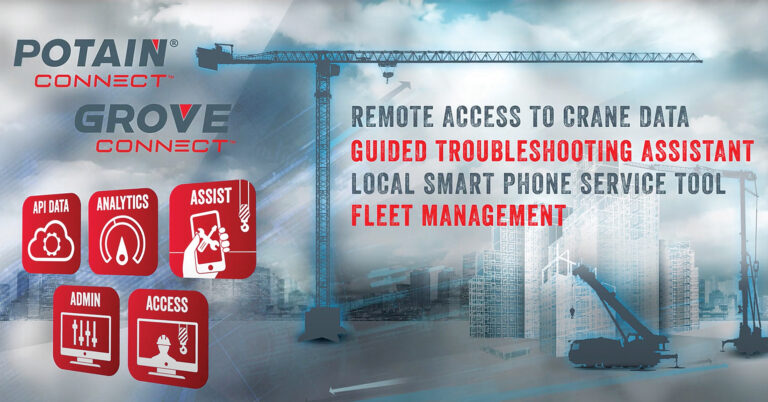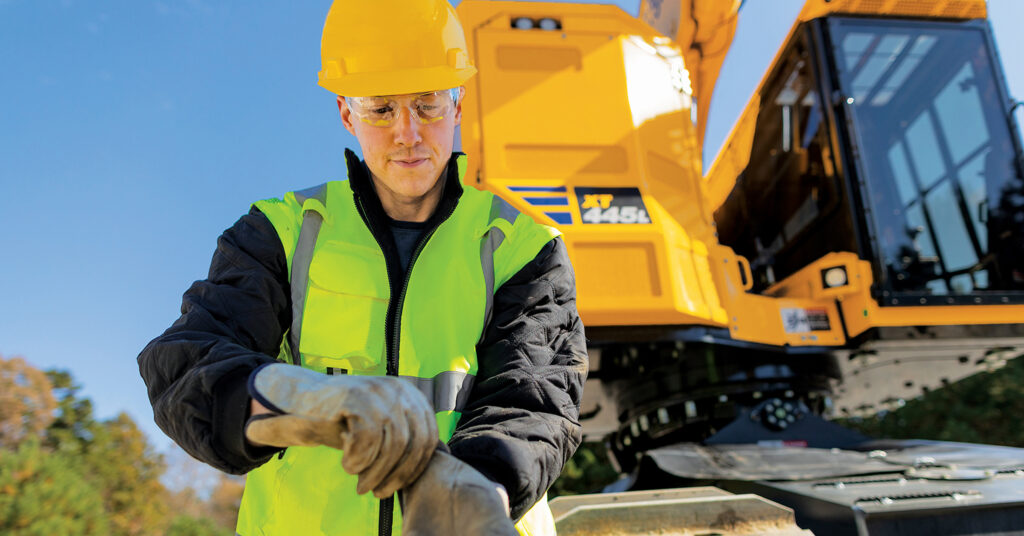
Industry insight
Jobsite safety improvement
OSHA’s final rule requires businesses to provide properly fitted personal protective equipment to any worker who needs it
The U.S. Department of Labor announced that its Occupational Safety and Health Administration (OSHA) has finalized a revision to the personal protective equipment (PPE) standard for construction, with the final rule explicitly requiring the equipment to properly fit any construction worker who needs it, improving protections from hazardous conditions.1
OSHA defines PPE2 as equipment worn to minimize exposure to hazards that cause serious workplace injuries and illnesses, such as:
- Gloves
- Safety glasses
- Safety shoes
- Earplugs or muffs
- Hard hats
- Respirators
- Coveralls
- Vests
- Full body suits
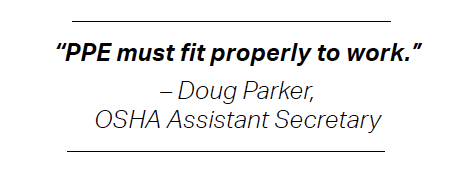
Employers are required to train each worker to properly use PPE, such as knowing when it is necessary and how to put it on, adjust, wear and remove it. Workers should also be educated on the limitations of the equipment, as well as proper care, maintenance, useful life and disposal.
Improperly sized PPE can be ineffective in protecting workers, creating new hazards for them. For instance, oversized gloves or protective clothing can get caught in machinery. They can also discourage use because of discomfort or poor fit. The matter has been a longstanding industry safety concern, particularly among some women and among physically smaller or larger workers.
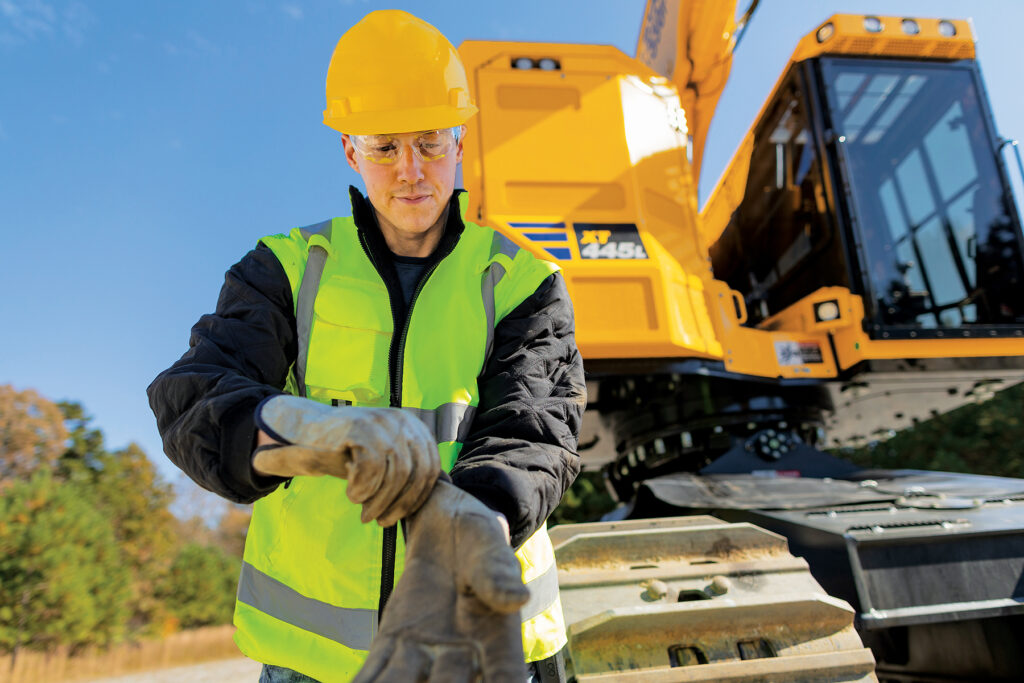
“I’ve talked to workers in construction, particularly women, who have spoken of personal protective equipment that didn’t fit or was simply unavailable at the jobsite in their size,” said OSHA Assistant Secretary Doug Parker. “PPE must fit properly to work. I’m proud of the broad support from both employers and unions for OSHA’s efforts to make clear that employers must provide the right PPE for each worker who needs it.”
The revision to the standard adds specific language requiring that employers provide PPE that properly fits construction industry workers. The change aligns the construction industry standard with the standard already in place for general industry.

